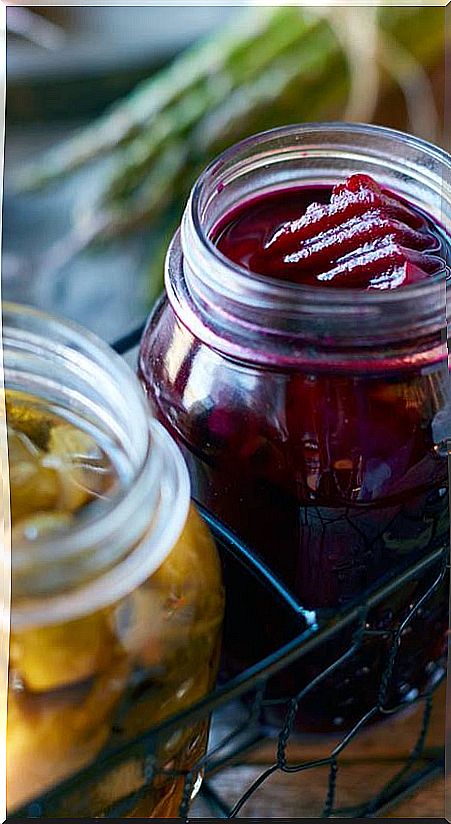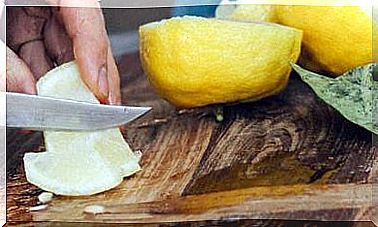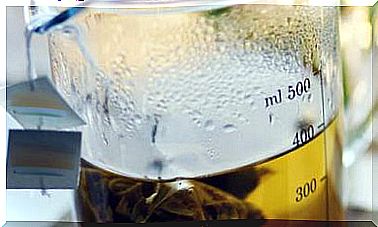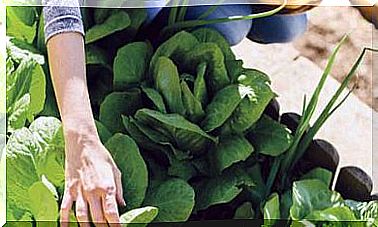Probiotic Weekly Menu With 3 Easy Fermented Recipes
Including fermented foods in your weekly menu, like the downloadable menu we present today, provides your body with probiotics that help balance the microbiota.

Everyone talks about the microbiota, and with it fermented foods and probiotics. And we know more and more about the importance of our intestinal flora for health.
However, not everyone dares to ferment vegetables at home. Nor do we always know how to use fermented foods to incorporate them naturally into our menus. Below you will find several easy fermented recipes so that you can add probiotics to your dishes without much difficulty:
- Pink water kefir lemonade
- Miso vinaigrette
- Fermented broccoli with dill
You will find these recipes in this week’s healthy weekly menu, a menu specially designed to increase the presence of beneficial bacteria in the intestine and thus rebalance the intestinal flora. You will also find other ideas for dishes with fermented foods that you can make at home or easily find in stores.
- Download the healthy weekly menu rich in probiotics here.
But before looking at the recipes, let’s see what exactly is a fermented and what is a probiotic, which are the most common and some tips to incorporate them into your diet.
The benefits of fermented foods
A fermented product is a food that results from a catabolic process of complete, anaerobic oxidation, carried out by some microorganisms, whether they are bacteria, molds or yeasts. Yogurt and sauerkraut are two examples of lactofermented foods.
You may wonder if a lactofermented food is vegan. Lactofermented foods are those that have undergone a fermentation process by a bacterium, usually a Lactobacillus . What these bacteria do is convert part of the carbohydrates into lactic acid. The latter is a by-product of fermentation and has nothing to do with dairy products of animal origin.
The cheeses and yogurts plant where natural enzymes are used also undergo this process, and for this reason we shall hear talk about dairy plant. Although the result does not have to be the same in terms of flavor and texture, because the raw material is different, the process is exactly the same.
A probiotic food or probiotic supplement is one that has live microorganisms that improve or maintain the microbiota. They should not be confused with prebiotic foods, which are those that feed our microbiota thanks to their content of certain types of fiber.
Fermented and probiotic the same?
Not all probiotic foods are fermented nor can all fermented foods be considered probiotics. Thus, for example, fermented products that have been pasteurized do not contain live microorganisms. The same goes for bread. If the flour has risen, it is a fermented product, but after baking the yeasts are no longer alive.
What foods are considered probiotics is also a question that generates debate, since it is not enough that the microorganisms are alive; there must be evidence that living microorganisms arrive in sufficient numbers and are beneficial to our health.
Fermented to take care of the microbiota
We are not going to include in the category of healthy fermented drinks those that have alcohol, since alcohol is not considered healthy, and all the benefits attributed to alcoholic beverages can be achieved through a varied plant diet, because they should not be to its alcohol but to other of its ingredients. However, we will include water kefir, based on sugar and fruit, or kombucha, as long as its alcohol level is not significant.
Just as there are unpaustered kombuchas, which we can also make at home, the same happens with vinegar. The mother of vinegar, which is nothing more than cellulose and a colony of acetic acid bacteria, is very similar to that of kombucha.
Other fermented foods, which we can find with more or less difficulty, in addition to vegetable dairy products, are:
- The miso, a paste made from soybeans, cereal and salt fermented Koji.
- The umeboshi plums, assorted fruit relative of Japanese apricot that pickles and fermented.
- The kimchi, the national dish of Korea, which already three probiotic recipes I proposed in a previous post.
- The sauerkraut, the famous German sauerkraut.
- Unpasteurized olives.
3 easy fermented recipes for your healthy weekly menu
Fermented foods can be very easily incorporated into our weekly menu. Here are four simple ideas that you can put into practice that will allow you to increase your consumption of probiotic foods in a natural and pleasant way:
- Ferment broccoli, carrots, garlic and radishes at home and add them to your salads and buddha bowls. Below you will find a recipe in which I tell you how to ferment broccoli, although if you want to go deeper you can read this article on how to ferment vegetables at home safely.
- Take the opportunity to add miso or umeboshis to your vinaigrettes.
- And of course, go for fermented vegetable cheeses : not only are they rich, healthy and sustainable, they also provide you with probiotic bacteria.
- For breakfasts and snacks, remember that you have very practical probiotic foods to take as a snack: yogurts and vegetable cheeses.
Some of these ideas are featured in this week’s downloadable probiotic weekly menu. You will also find these three fermented recipes, very easy to incorporate into the menu and any other weekly proposal to which you want to add an extra probiotic.
1. Pink water kefir lemonade

Water kefir combines very well with fruits and herbal teas. You can go further and make a pink lemonade, taking advantage of the basic recipe for water kefir.
Ingredients:
- ½ liter of water kefir
- 400 ml of freshly squeezed lemon juice
- 100 ml of natural blueberry or raspberry juice
- ice
- natural sweetener to taste.
preparation:
- If the blueberry or raspberry juice is natural, strain it with a very fine mesh.
- Mix all the liquid ingredients with the sweetener.
- Chill it in the fridge or add ice and serve it cold.
2. Miso vinaigrette

There are different types of miso and some are quite strong in flavor, so I recommend you always start with the shiro miso, or white miso.
These types of Asian-style vinaigrettes are usually made with soy sauce or tamari and with rice vinegar. You can use a low-salt soy sauce, since the same miso carries a not inconsiderable amount. You can also substitute apple cider vinegar for rice vinegar, although I really recommend rice vinegar, as it does not add flavor to the dressing.
Ingredients (for several servings of salad):
- 1 tablespoon white miso
- 2 tablespoon soy sauce or tamari
- 1 tablespoon of rice or apple cider vinegar
- 4 tablespoons mild sesame or olive oil
- 1 tablespoon ground sesame seeds
- 3 tablespoons of water
- finely chopped chives
preparation:
- We beat all the ingredients.
- We serve over the salad and mix well.
3. Broccoli fermented with dill

Our salads do not live on sauerkraut alone. Fermented vegetables can be made very easily at home. They help us to extend the life of vegetables a little longer and they will also make us happy with many dishes, also serving us as healthy snacks.
Ingredients:
- 1 broccoli in small trees
- 1 garlic
- 1 onion
- dill to taste
- brine (water with dissolved salt)
preparation:
- We will prepare the brine with 20 grams of pure salt, (35 grams in summer) for one liter of water. The quantity will depend on how much the vegetables occupy in the jars.
- The broccoli is washed very well and cut into small trees. We peel the garlic and leave it whole. We peel the onion and cut it into wedges.
- Place the vegetables and dill in a lidded “fido” style jar and cover with the brine. Everything must be covered and nothing floating. Fermentation usually begins in a few days, but they will taste better in about a week.
- Once opened, you can keep them in the fridge. They will continue to ferment at a slower rate, but don’t leave them there forever.
Use them in salads, appetizers and sandwiches.
Other fermented recipes to include in your menus …
How to make sauerkraut step by step, by Ana de Azcárate.
4 delicious fermented foods (and how to prepare them at home), by Virginia García.
Water kefir: what it is and how to use it, by Santi Ávalos.
Natto lengthens life: do you know the recipe ?, by the writing of Cuerpomente.
5 easy and quick fermented and pickled recipes, by Virginia García.
Kimchi with apple recipe, by Javier Medvedovsky.
Rejuvelac, the drink that rejuvenates you, by Javier Medvedovsky and Gloria García Lerma.








